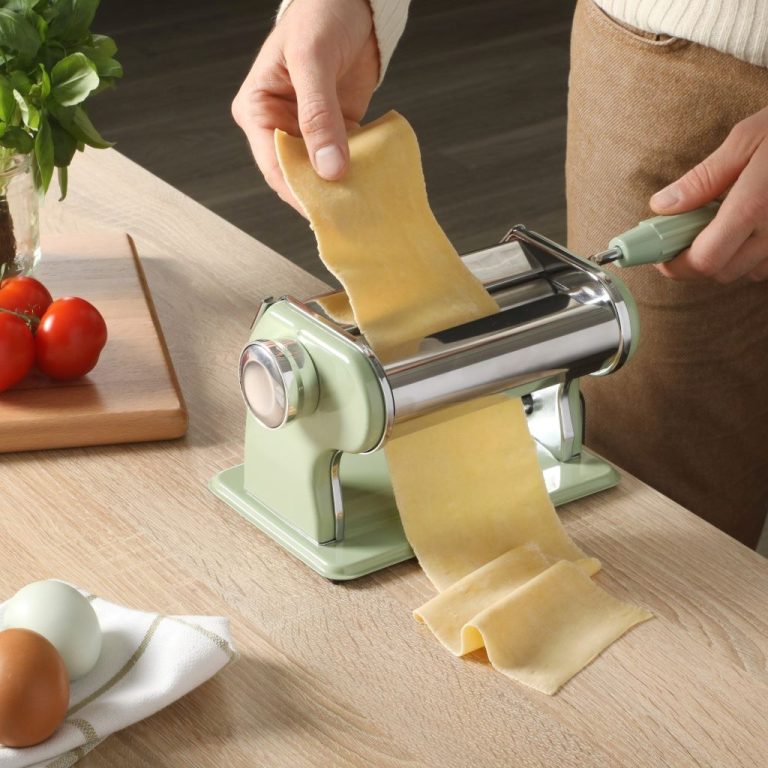Ever wondered why your pristine bathroom sealant transforms into a grimy, peeling mess faster than you can say “deep clean”? You’re not alone in this frustrating battle against bathroom betrayal!
The Usual Suspects
Moisture is sealant’s arch-nemesis. Poor ventilation traps steam, creating a tropical paradise for mould and mildew. That innocent-looking condensation is actually plotting your sealant’s demise, one droplet at a time.
Temperature Tantrums
Your bathroom experiences more mood swings than a teenager! Hot showers followed by cold air cause sealant to expand and contract repeatedly. Eventually, it throws in the towel and starts cracking under pressure. When you need a better Bathroom Sealant, take a look at a site like www.ct1.com/product_application/sealing-your-shower-tray-with-bt1-bathroom-sealant/
The Cleaning Conundrum
Ironically, harsh cleaning products can damage the very sealant they’re meant to protect. Bleach-based cleaners might seem like heroes, but they’re secretly weakening your sealant’s molecular structure.
Prevention is Your Superpower
Install an extractor fan and actually use it! Proper ventilation is your first line of defence. Wipe down surfaces after showers to reduce moisture buildup, and choose pH-neutral cleaners that won’t wage war on your sealant.
Quality Matters
Invest in high-grade, mould-resistant sealant from the start. Yes, it costs more, but consider it insurance against future bathroom disasters.
Pro Tip
Apply sealant when humidity is low for optimal adhesion. Your future self will thank you when you’re not re-sealing every six months!



+ There are no comments
Add yours